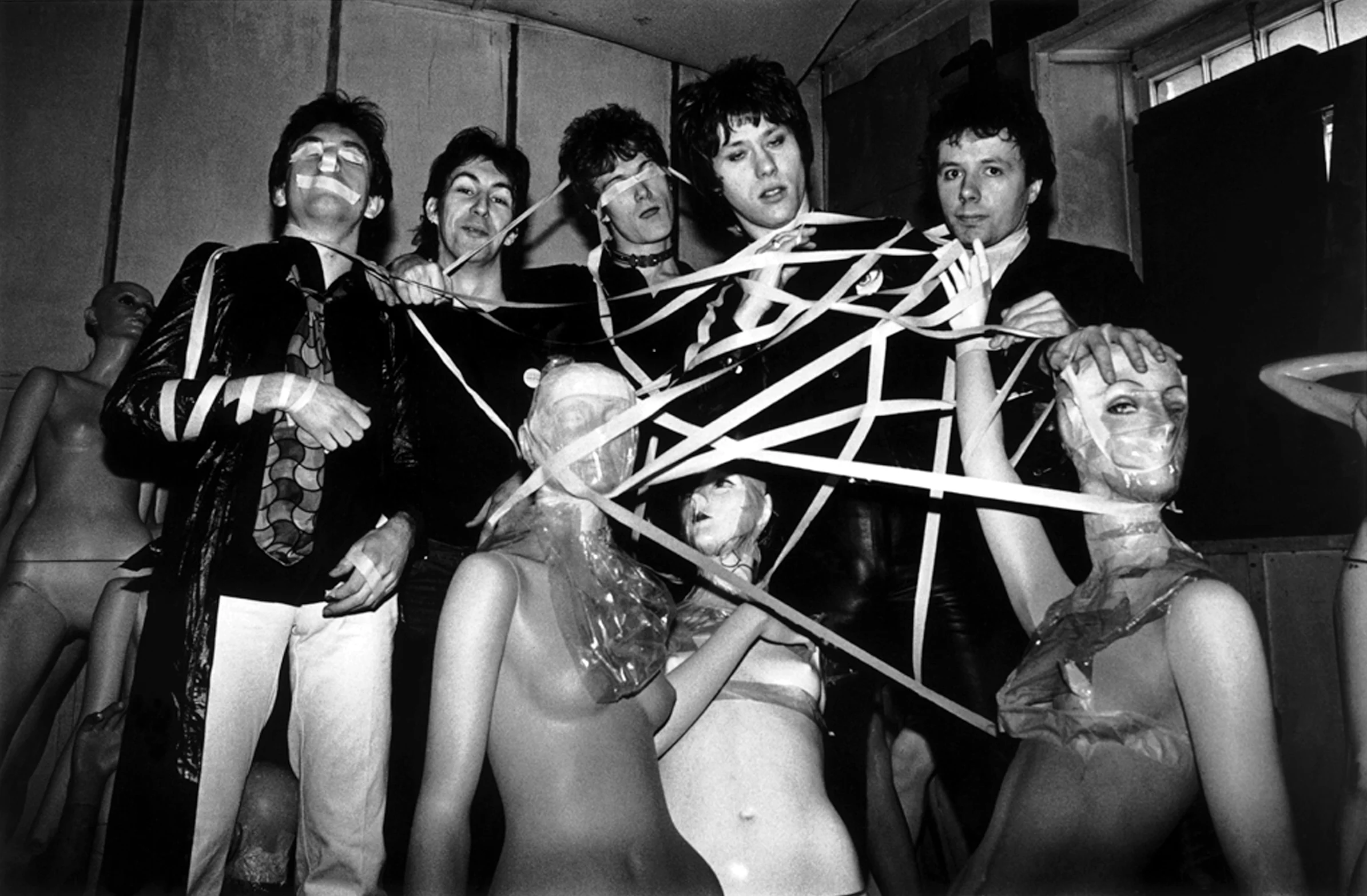
Ultravox/Ian Dickson/Redferns/Getty Images
Qalam strives to explore the interpenetration of different cultures. To this end, we have decided to launch a series of playlists in which music mediates between different geographical and ideological spaces. Our first playlist is called ‘West to East: One Hundred Best Songs’. It will be updated several times a week, and its curation will focus on how Western pop culture has reflected the realities of the East, whether they are musical, geographical, religious, or political. (The terms ‘West’ and ‘East’ should be taken as broadly and arbitrarily as possible.)
In a typical ‘Lukull has lunch with Lukull’ scenario, a classic of one cultural new wave refers to a classic of another new wave. ‘Hiroshima Mon Amour’, the first British example of synth-pop (1977), was based on the motifs of a 1959 French film of the same name directed by Alain Resnais. The film is the story of the love of a French actress and a Japanese architect in post-war Hiroshima. Resnais said that his film was constructed in the form of a funnel, and the song by Ultravox also creates the effect of a ‘draining’ of time in which Polaroids of the past, autumn lakes, and the scent of roses dissolve. In the song, all these sophisticated images are played on a number of different instruments, including the Japanese drum machine Roland TR-77. Interestingly, in the 1960s, a Polish song with the same name was performed by Anna German.